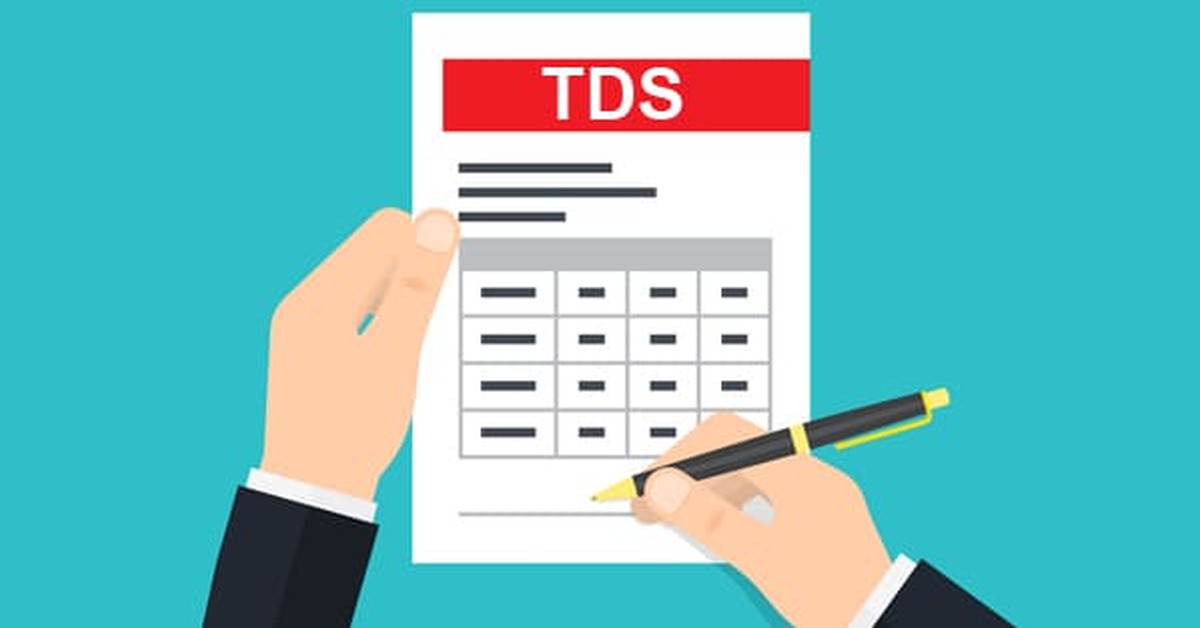192A. Notwithstanding anything contained in this Act, the trustees of the Employees' Provident Fund Scheme, 1952, framed under section 5 of the Employees' Provident Funds and Miscellaneous Provisions Act, 1952 (19 of 1952) or any person authorised under the scheme to make payment of accumulated balance due to employees, shall, in a case where the accumulated balance due to an employee participating in a recognised provident fund is includible in his total income owing to the provisions of rule 8 of Part A of the Fourth Schedule not being applicable, at the time of payment of the accumulated balance due to the employee, deduct income-tax thereon at the rate of ten percent:
Provided that no deduction under this section shall be made where the amount of such payment or, as the case may be, the aggregate amount of such payment to the payee is less than fifty thousand rupees:
Provided further that any person entitled to receive any amount on which tax is deductible under this section shall furnish his Permanent Account Number to the person responsible for deducting such tax, failing which tax shall be deducted at the maximum marginal rate.

1) Who is responsible to deduct tax u/s 192A?
Tax is to be deducted by the trustees of Employees‘ Provident Fund Scheme, 1952 or any other person authorized under the scheme to make payment of an accumulated sum to employees.
2) When to Deduct TDS under Section 192A?
Tax is deductible at the time of payment.
3) Which amount is subject to a tax deduction?
a. Tax is deductible from accumulated lump sum payment when the employee has not rendered continuous service of 5 years (other than the cases of termination due to ill health, contraction or discontinuance of business, cessation of employment, etc.). RPF is exempt in the hands of the employee if the employee has resigned before completion of 5 years but he joins another employer who maintains recognized provident fund, and provident fund money with the current employer is transferred to the new employer.
b. Out of the lump sum payment, tax deduction shall be made on that portion of the payment which is includible in the total income of the employee. Thus, tax deduction shall be made as under:-
|
Component of lump-sum payment |
Is this component taxable in the hands of employees not completing continuous 5 years of service? |
Is it subject to TDS if other conditions of section 192A are satisfied? |
|
Employer's Contribution |
Taxable under head "Salary" |
Subject to TDS |
|
Interest on Employer's Contribution |
Taxable under head "Salary" |
Subject to TDS |
|
Employee's Contribution |
Not Taxable |
No TDS required |
|
Interest on Employee's Contribution |
Taxable under the head "Other Sources" |
Subject to TDS |
4) Threshold limit
Tax is not deductible where the aggregate amount of taxable component of lump sum payment is less than ₹50,000.
5) Rate of TDS under Section 192A
Tax is deductible at the rate of 10 percent of the taxable component of lump sum payment. However, if the employee fails to furnish PAN, then tax shall be deducted at a maximum marginal rate.
6) No deduction of tax at source
No deduction of tax is to be made if the recipient of income furnishes a declaration in writing in duplicate in the prescribed form [Form No. 15G/15H].
7) Further, if post-retirement, if any interest is paid on the accumulated balance not withdrawn, tax is required to be deducted as per section 194A, since there is no employer-employee relationship.







 CAclubindia
CAclubindia

